This website uses cookies so that we can provide you with the best user experience possible. Cookie information is stored in your browser and performs functions such as recognising you when you return to our website and helping our team to understand which sections of the website you find most interesting and useful.
The Lancet Commission for Strengthening the Use of Epidemiological Modelling of Emerging and Pandemic Infectious Diseases
Project Code
Research team
Researchers
Co - Researcher
Project Details
- collaboration
- communication
- Epidemiological modelling
- ethics
- governance
- health economics
- Infectious Disease Modelling
- Lancet commission
- media
- One Health
- policymaking
- public health emergency
- surveillance
- กระบวนการกำกับดูแล
- การกำหนดนโยบาย
- การทำงานร่วมกัน
- การประเมินผล
- การสื่อสาร
- การเฝ้าระวัง
- จริยธรรม
- ภาวะฉุกเฉินด้านสาธารณสุข
- สื่อ
- สุขภาพหนึ่งเดียว
Start: - January 2023
End: - January 2025
Project Status
Scoping and protocol development - 35%
Viewer: 4299
Publish date20 June 2023 05:43
Project Summary
We want to hear from you! Based on the description of the Lancet Commission below, please share your inputs on the key issues, challenges or opportunities that should be considered. CLICK HERE TO JOIN OUR SURVEY or scan the QR code in the following image.
----------
Epidemiological modelling is an important tool to help public health planners understand potential disease outcomes in the population. The recent visibility of models and their perceived influence in the decision-making processes surrounding the response to the COVID-19 pandemic has led to a great deal of public debate about their usefulness [1, 2]. Making optimal use of these models to inform decisions requires addressing the hurdles that prevent it. These hurdles include the technical aspects of modelling such as identifying relevant parameters, making realistic assumptions for e.g., counterfactual scenarios, availability and quality of local data, adherence to guidelines, and review process, among others. Equally important is the environment surrounding modelling to policy exercise which includes infrastructure that informs models for e.g., surveillance and local data collection, governance and working relationships between decision-makers, their advisors, modellers, field epidemiologists among other interdisciplinary experts, ways in which results are made available and communicated to end-users, etc.
Frameworks currently exist to ensure the models are fit-for-purpose, reliable results are reported in a timely manner, and a collaborative approach to modelling ensures adequate representation from other experts [3]. Nonetheless, several gaps exist including how policy questions are accurately translated into modelling questions to ensure outputs are relevant, how multidisciplinary experts engage in the model development and review process, and how model results and subsequent decisions are effectively communicated for better policy implementation and adherence [4].
Hence, this proposed Lancet Commission will focus to identify and address some of those gaps to improve the usefulness and impact of epidemiological modelling on policymaking and policy implementation.
This commission is being supported by the Bill & Melinda Gates Foundation (BMGF) and the Access and Delivery Partnership (ADP) – hosted by the United Nations Development Programme (UNDP).
Disclaimer: The findings and conclusions contained within are those of the authors and do not necessarily reflect positions or policies of the Bill & Melinda Gates Foundation.
----------
The list of Commissioners is as follows:
Co-chairs
- Mark Jit, PhD
- Wanrudee ‘Mink’ Isaranuwatchai, PhD
Commissioners
- Alex R. Cook, PhD
- Zulma M. Cucunuba, MD, PhD
- Janan Dietrich, PhD
- Ruth R. Faden, PhD
- Gabriel M. Leung, MD, MPH
- Stephen Lim, PhD
- Marc Lipsitch, DPhil
- Rachel Lowe, PhD
- Jodie McVernon, MBBS, PhD
- Gautam Menon, PhD
- Juliet Pulliam, PhD
- Yot Teerawattananon, MD, PhD
- Erica Thompson, PhD
- Thumbi Mwangi, PhD
Secretariat
- Crystal Chua, BCom
- Hannah Clapham, PhD
- Saudamini Dabak, MA
- David Heymann, MD, DTM&H, CBE
- Sarin K C, MSc
- Jennifer Kealy, MPH
- Chris Mercado, RN, MPH, MSc
- Chayapat ‘Prayfa’ Rachatan, BSc
- Brandon Chua, PhD
- Panupong Chaowanasawat, BSc
The planned activities are as follows:
----------
References
- Holmdahl, I. and C. Buckee, Wrong but Useful — What Covid-19 Epidemiologic Models Can and Cannot Tell Us. New England Journal of Medicine, 2020. 383(4): p. 303-305.
- James, L.P., et al., The Use and Misuse of Mathematical Modeling for Infectious Disease Policymaking: Lessons for the COVID-19 Pandemic. Med Decis Making, 2021. 41(4): p. 379-385.
- Teerawattananon, Y., et al., Recalibrating the notion of modelling for policymaking during pandemics. Epidemics, 2022. 38: p. 100552.
- Kretzschmar, M., Disease modeling for public health: added value, challenges, and institutional constraints. Journal of Public Health Policy, 2020. 41(1): p. 39-51.



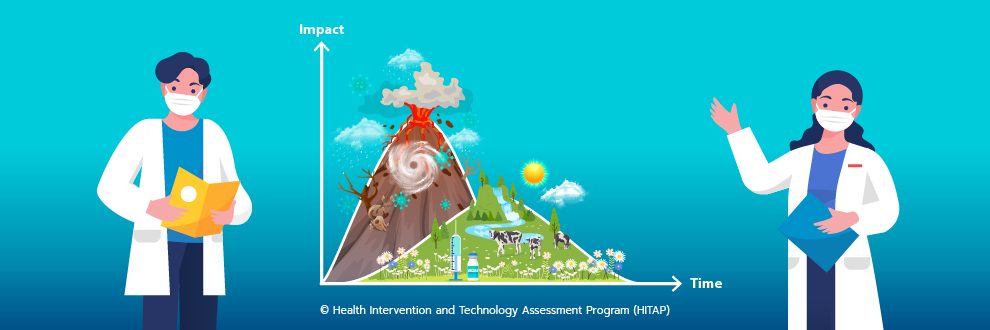





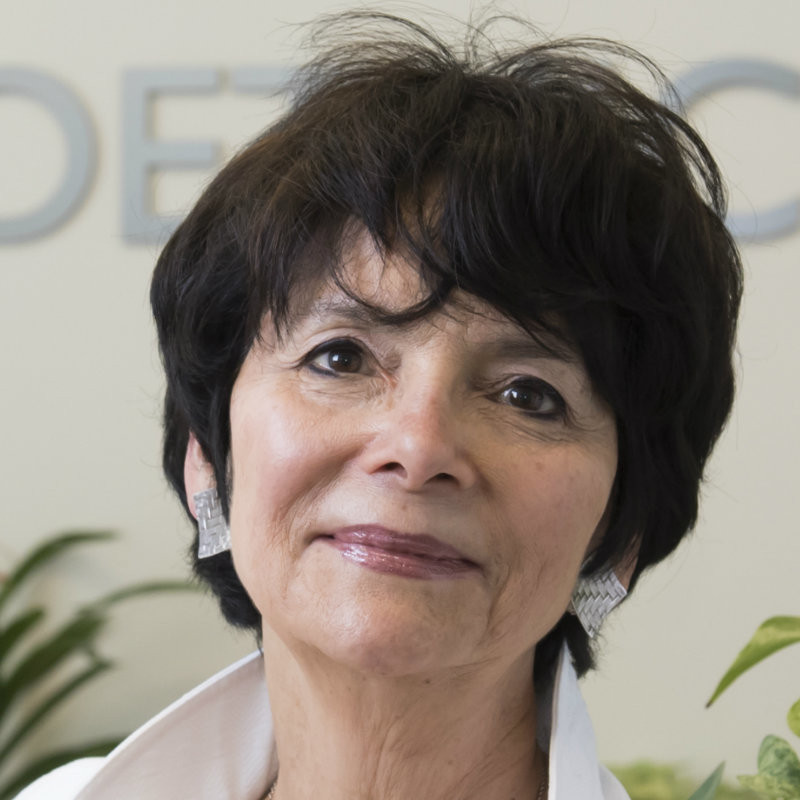






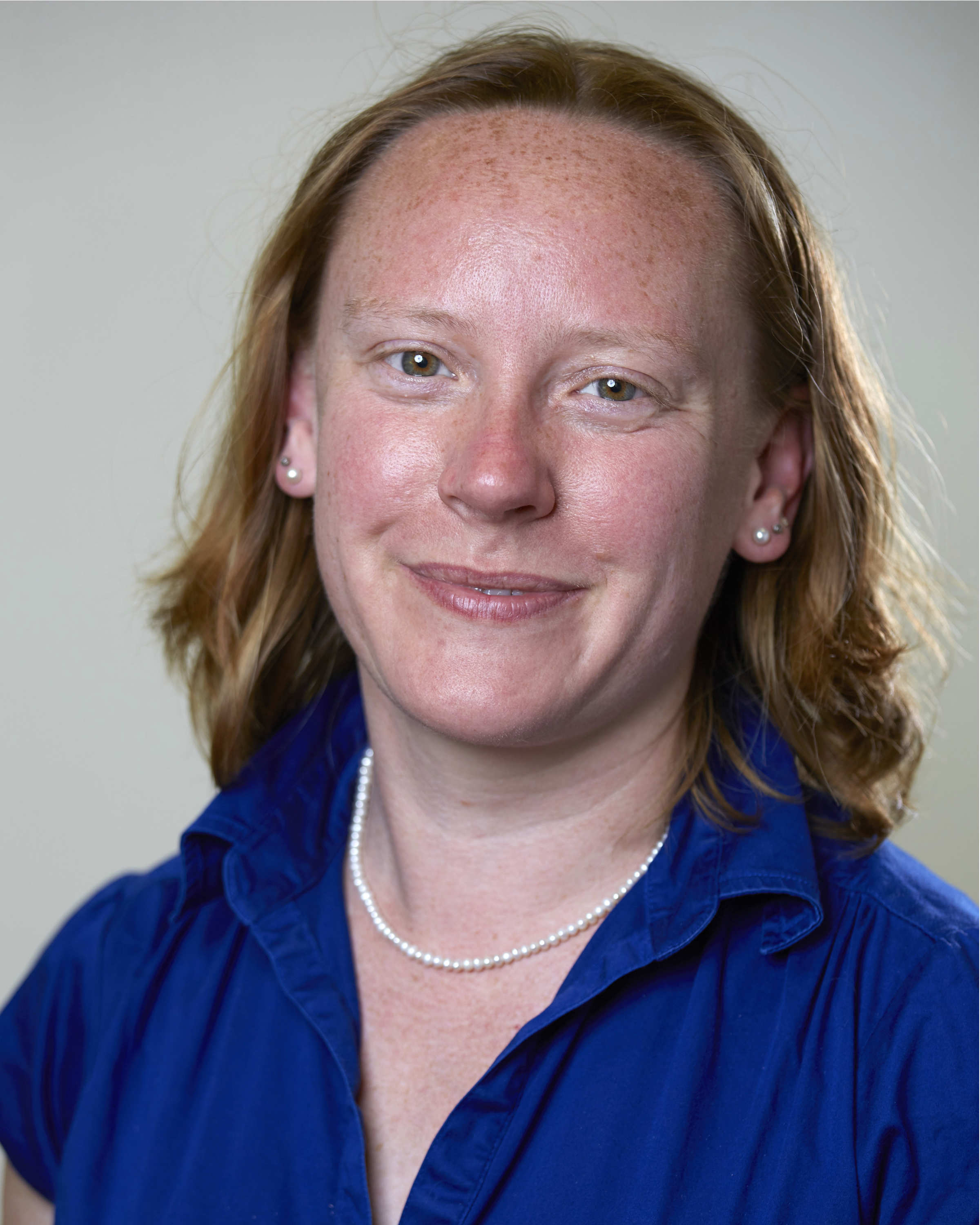

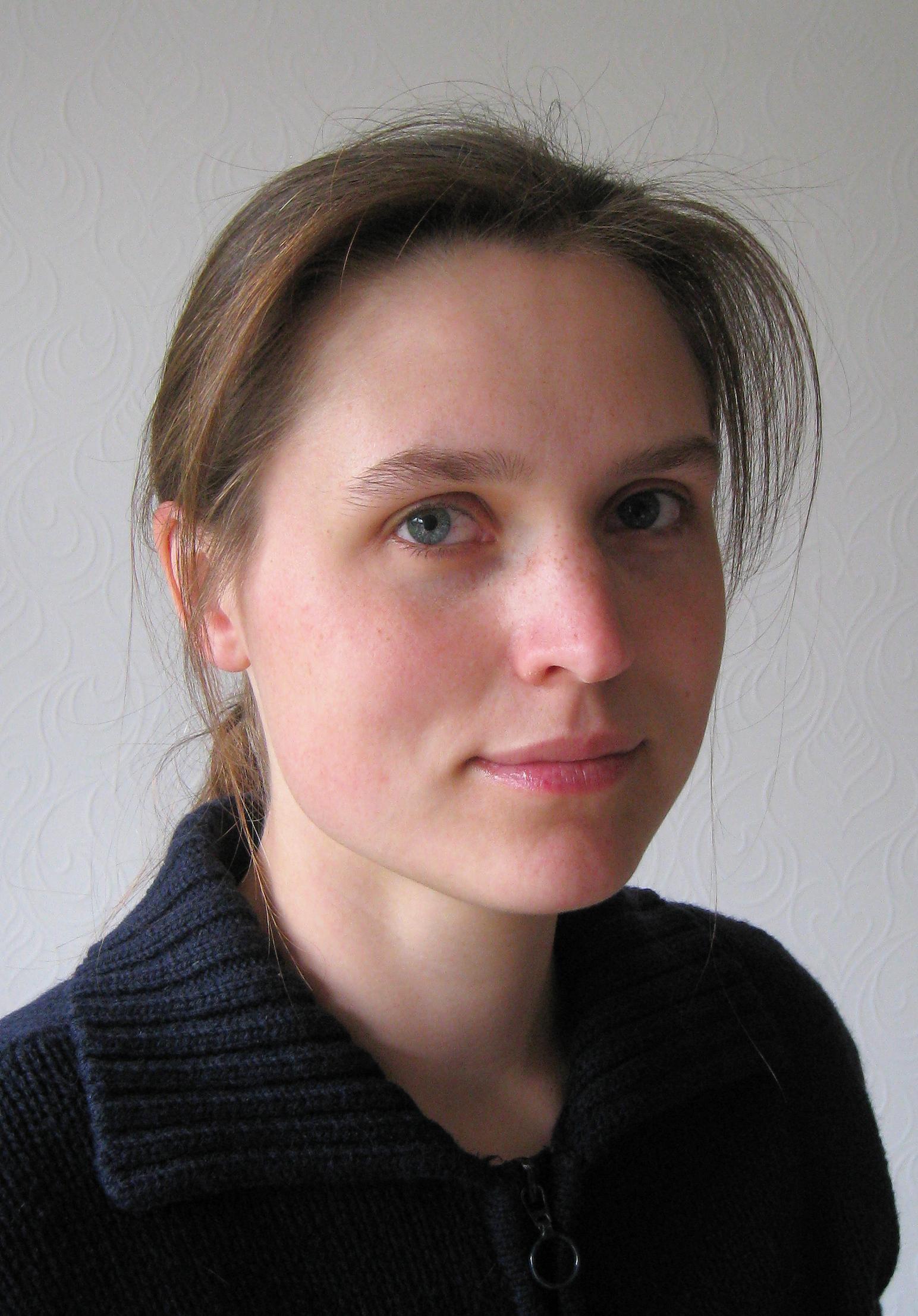











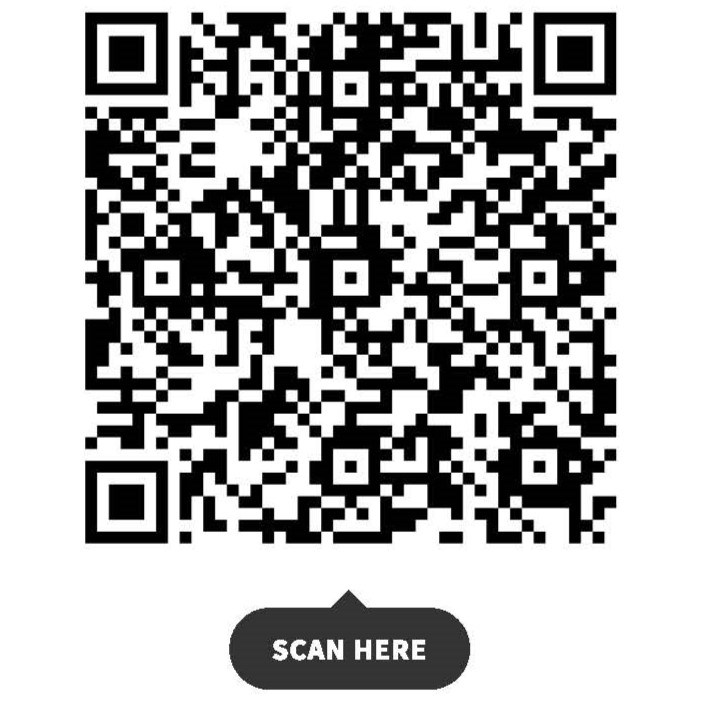
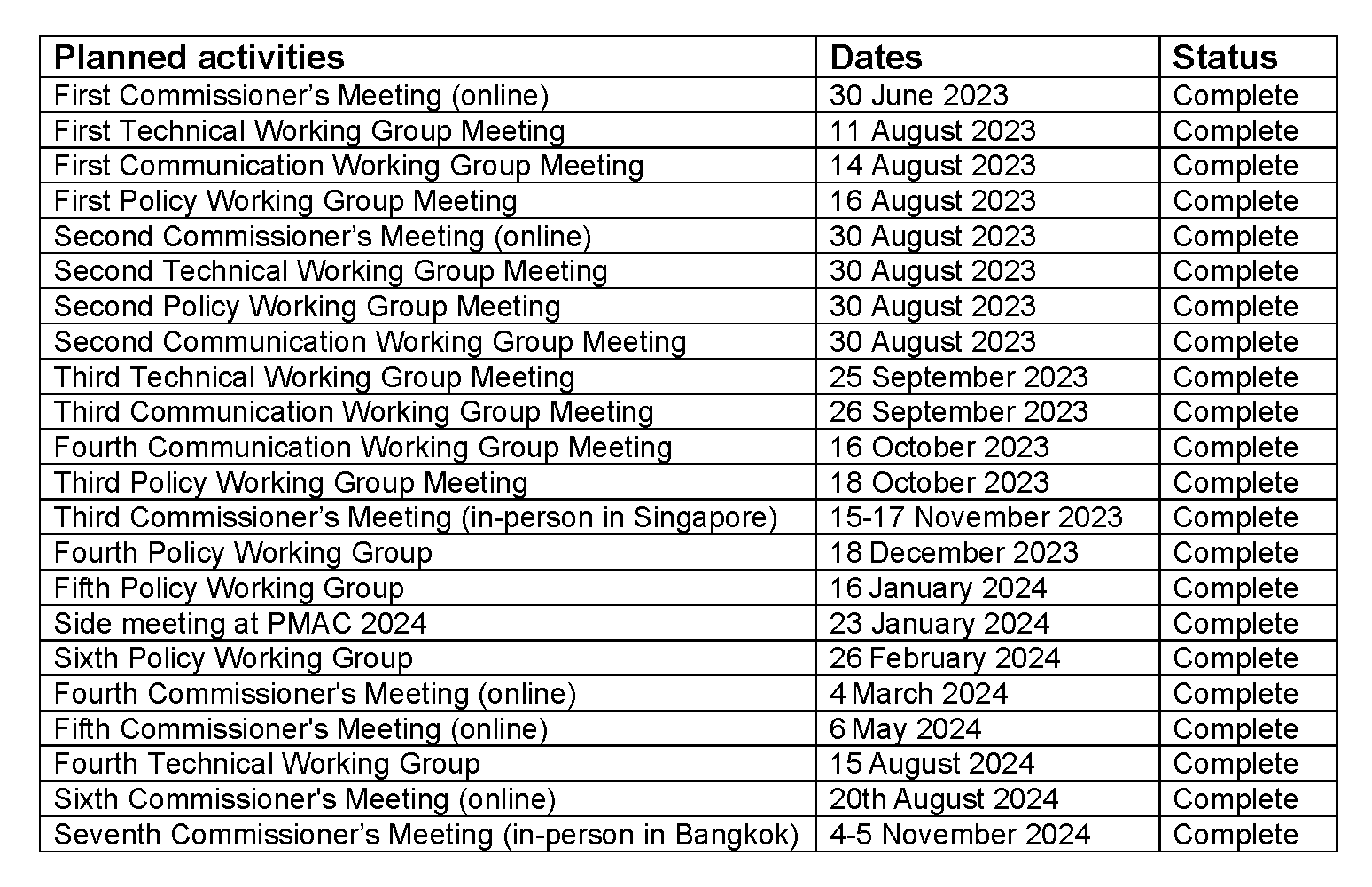
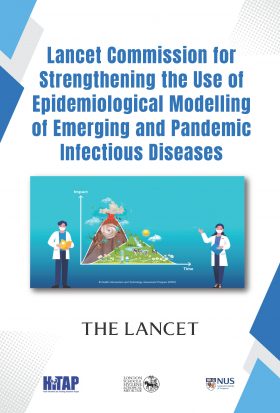 The Lancet Commission for Strengthening the Use of Epidemiological Modelling of Emerging and Pandemic Infectious Diseases
The Lancet Commission for Strengthening the Use of Epidemiological Modelling of Emerging and Pandemic Infectious Diseases
